Those tiny feet carry more risks than you expect and some of them are hiding in plain sight.

Cat paws seem harmless, even adorable, but they pack more surprises than people realize. From bacteria to unexpected behaviors, those little pads can create situations that are more than just quirky—they can be risky. Most owners don’t even think twice about what’s going on beneath the fur until something unexpected happens. Understanding what those paws are capable of helps keep both you and your cat safe.
1. Scratches can carry infections that linger far longer than the pain.

A playful swipe that leaves a tiny scratch doesn’t always stay tiny in consequence. According to the Centers for Disease Control and Prevention, cat scratches can transmit Bartonella henselae, which causes cat scratch disease. Symptoms don’t always show immediately, but they can include swollen lymph nodes, fever, and fatigue that stick around longer than you’d ever expect from a scratch you almost ignored. Even healthy-looking cats can carry this bacteria without showing any signs of illness.
The risk grows if the scratch breaks the skin and you delay cleaning it properly. Play sessions that get a little too rowdy or moments of overexcited affection can accidentally turn into a health problem you weren’t planning on. Trimming nails regularly, using toys instead of your hands for play, and cleaning even minor scratches immediately with soap and water can keep a fun afternoon from turning into a doctor’s visit. Prevention is far easier than dealing with an infection after it sets in.
2. Litter box residue follows them everywhere they step.

Those soft pads are surprisingly efficient at carrying fine particles, and unfortunately, that includes litter box residue. As reported by the American Veterinary Medical Association, litter often harbors bacteria and parasites, including Toxoplasma gondii. Most healthy people won’t even notice exposure, but it can be dangerous for pregnant women and people with weakened immune systems. The kicker is your cat doesn’t need to look dirty—those tiny granules cling to paws and fur effortlessly.
When your cat jumps on your pillow, counters, or dining table after a litter box trip, they’re potentially spreading microscopic hitchhikers. It’s not malicious, just biology doing its thing. Wiping paws with a damp cloth occasionally, vacuuming around litter areas, and using litter mats to catch debris help limit how much gets tracked around. It’s an overlooked issue that often explains why some homes constantly battle hidden allergens or unexpected illness sources. Those innocent little steps are a lot less innocent than they look.
3. Bites from paw-assisted wrestling hurt more than you think.
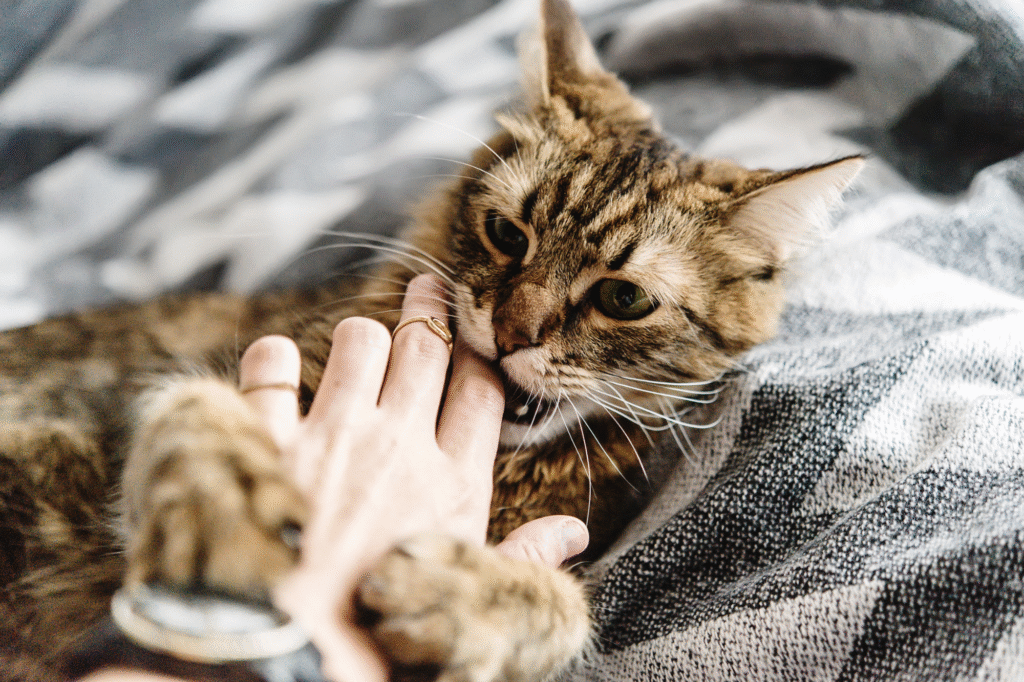
Cats love using their paws to grab and hold during play. That’s adorable until the teeth follow. As discovered by researchers at the Mayo Clinic, cat bites are notorious for driving bacteria deep into tissue because their sharp teeth act like tiny injection needles. Even when a bite looks small, it can swell, redden, and become extremely painful within hours. Infections from cat bites are common enough that doctors often recommend antibiotics immediately after treatment.
This problem usually starts when owners play with bare hands or allow wrestling that escalates too far. The cat isn’t trying to hurt you; it’s acting out natural predatory instincts. Redirecting play to toys, learning to spot overstimulation signs (like tail lashing or ears flattening), and stopping roughhousing before it escalates keeps those teeth out of your skin. It also protects your bond because treating bites or infections is no one’s idea of bonding time. Cats don’t mean harm—but their teeth don’t know that.
4. Allergens hiding in paw fur spread farther than fur itself.
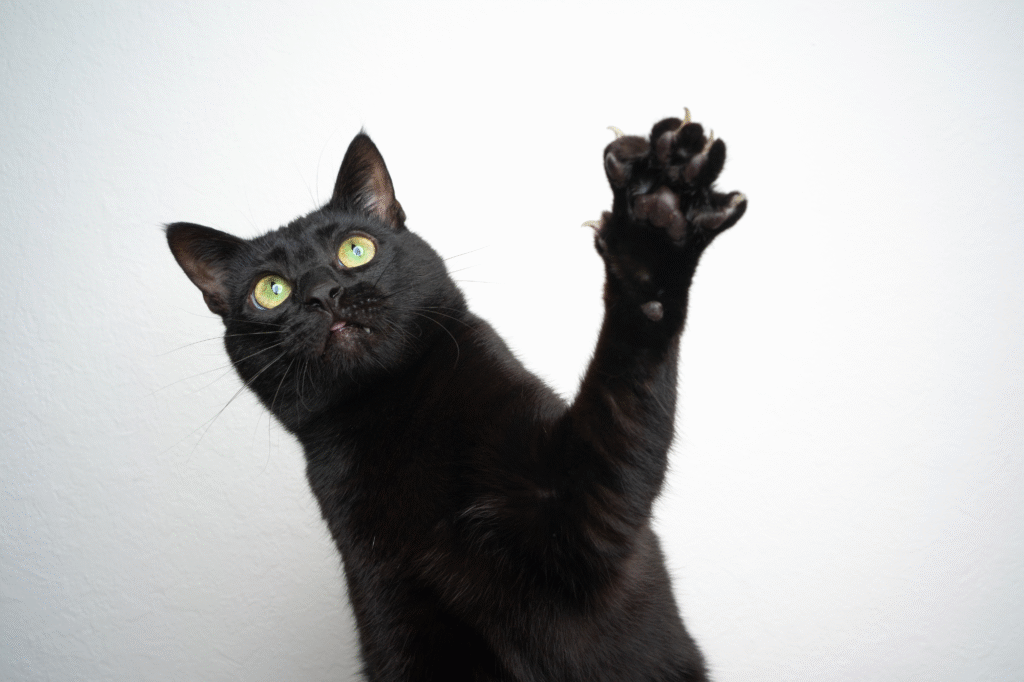
Cat allergies aren’t just about floating fur in the air. Proteins in saliva and dander often collect between their toes and around the fur on their paws. When they walk across furniture, bedding, or clothing, they leave microscopic traces everywhere, even if they don’t shed much hair. People sensitive to cat allergens might find themselves sneezing after touching a table or pillow a cat hasn’t sat on but simply walked across.
This often surprises owners of short-haired or so-called “hypoallergenic” breeds. While these cats may shed less, their paws still act like traveling allergen delivery systems. Cleaning frequently touched areas, using HEPA filters, and occasionally wiping paws with pet-safe wipes can reduce exposure. Even non-allergic people often notice fewer irritants and cleaner surfaces when this is managed. Ignoring paw allergens can make homes feel like allergy zones without anyone realizing why. The paws are small, but their reach is massive.
5. Pads pick up outdoor chemicals that don’t belong indoors.
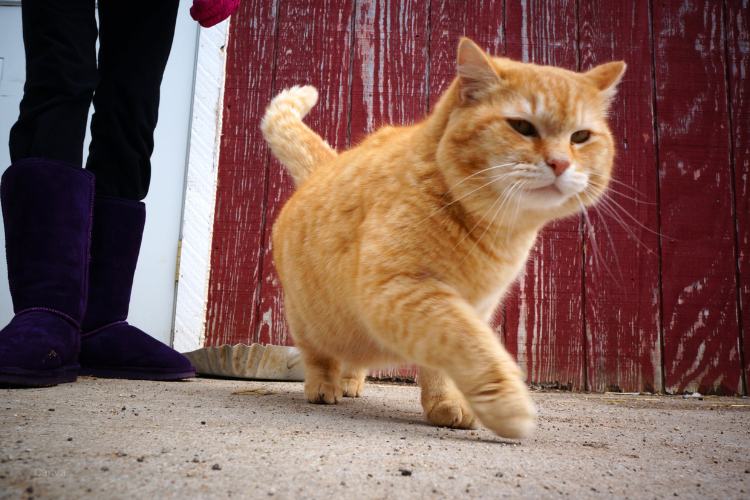
Outdoor cats walk through who-knows-what—fertilizers, pesticides, antifreeze, or even small metal particles from roadways. These substances cling to paw pads and fur, coming right into your home when the cat returns. It’s not just about keeping the floor clean; it’s about preventing exposure to toxic materials that can harm both pets and people.
Cats also groom themselves, which means they ingest whatever sticks to their feet. Over time, this exposure can cause health issues you might not immediately link to outdoor exploration. If outdoor time is non-negotiable, limiting access during peak chemical use (like after lawn treatments), rinsing paws, and encouraging safe grooming habits indoors can reduce the risks. The outside world has a long reach when it hitches a ride on four little paws, and it’s often invisible until it causes problems.
6. Paw injuries often go unnoticed until they get worse.
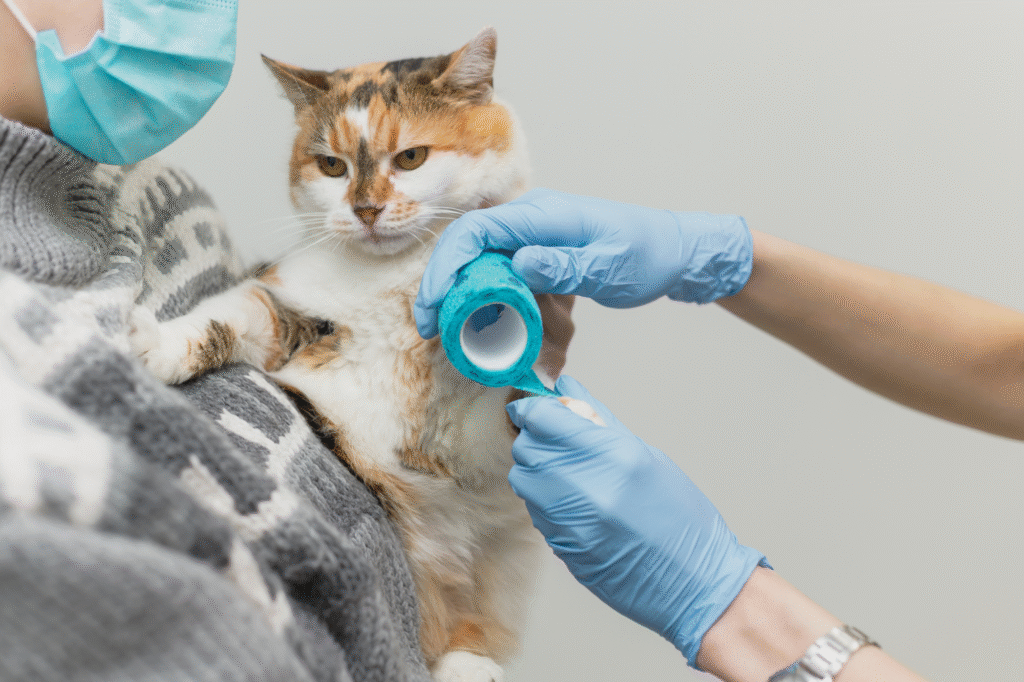
Cats are incredibly good at hiding pain, so cuts, burns, or even lodged splinters can go undetected. You might only notice when your cat starts limping or obsessively licking one foot. By then, infection or inflammation could already be setting in. Cats instinctively mask discomfort because, in the wild, showing weakness makes animals vulnerable.
Regular paw inspections, even if your cat isn’t thrilled about it, catch these issues before they escalate. Look for redness, swelling, or small wounds, especially if your cat goes outdoors or enjoys climbing rough surfaces. Treating paw injuries early prevents them from developing into more serious issues that require antibiotics or even surgery. That tiny limp may look like nothing, but for a cat, it can mean pain every single step.
7. Fleas and mites hitch rides using paw fur as cover.
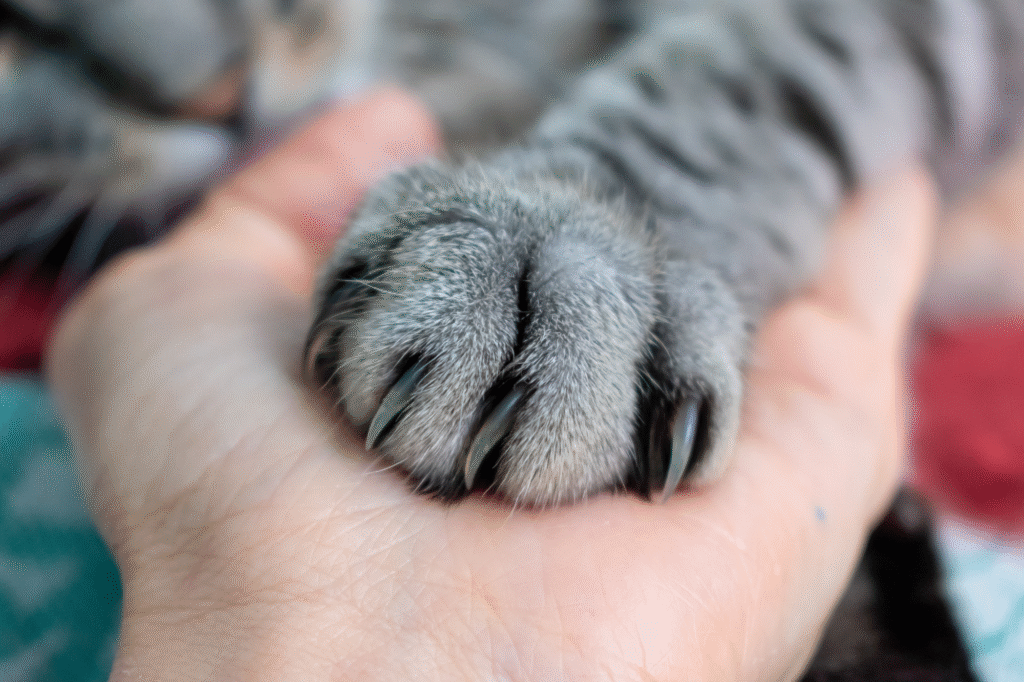
Parasites love warm, hidden spots, and cat paws provide perfect hiding places. Fleas, mites, and even ticks sometimes cling to paw fur or lodge between toes, where owners rarely look. Because most parasite checks focus on a cat’s back and neck, these smaller infestations can go unnoticed for weeks, giving pests time to spread throughout your home.
A single unnoticed hitchhiker can start a full-blown infestation affecting every room in the house. Routine flea treatments, including year-round preventatives, and thorough inspections of paw fur reduce this risk dramatically. When paws are ignored, these tiny invaders often gain the upper hand—and eradicating them once they’ve settled in is a time-consuming headache.
8. Nail sheath shedding leaves sharp surprises around the house.
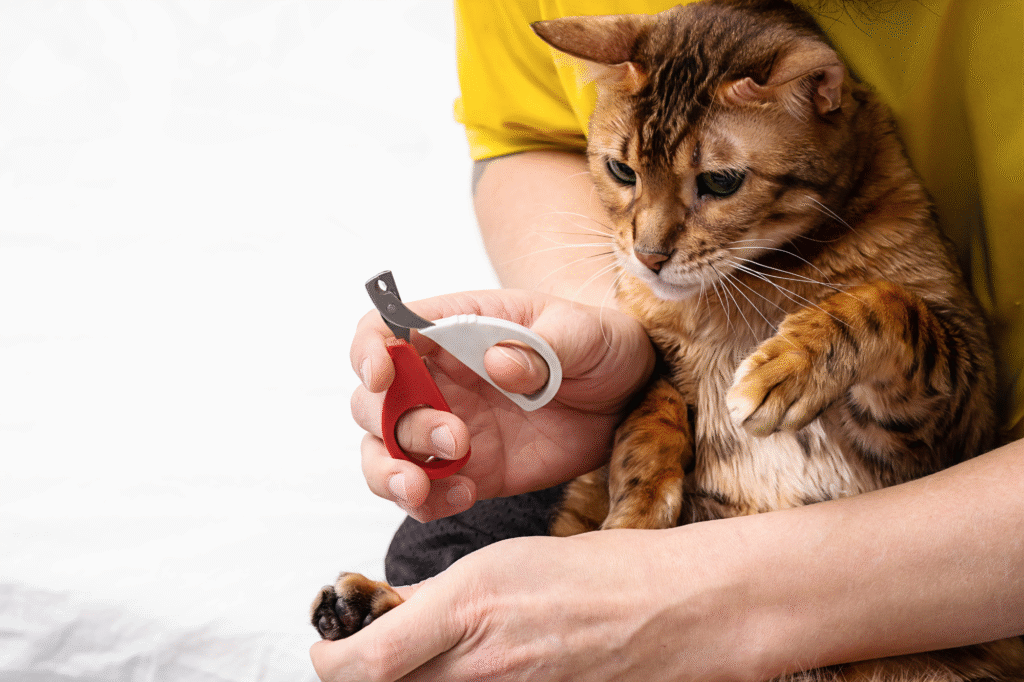
Cats naturally shed the outer layers of their claws as they grow, leaving behind small, translucent sheaths that look like empty claw shells. They’re often left near scratching posts or furniture, but occasionally they end up hidden in carpets or bedding. Step on one barefoot and you’ll know instantly why it’s a problem.
Regular nail trimming and providing proper scratching outlets help control how many sheaths are shed and where they land. These little remnants might seem harmless, but they can scratch skin, damage fabrics, or even injure curious pets who play with them. Something so small shouldn’t cause so much pain, but cat owners know it’s a very real hazard.
9. Heat damage happens faster than people expect.

Cats walking on hot pavement or metal surfaces in summer can burn their paw pads in seconds. Because cats rarely cry out from pain immediately, owners may not realize anything is wrong until the damage is already done. Burned pads can blister, crack, and become infected, making every step uncomfortable.
Checking pavement temperatures and keeping cats off scorching surfaces avoids painful injuries. For outdoor cats, limiting midday walks and offering shaded, soft surfaces prevents most of these issues. Heat injuries are avoidable but often overlooked because cats seem so self-sufficient. Those little pads aren’t built for extreme temperatures.
10. The silent spread of ringworm often starts at the feet.

Ringworm, despite the name, is a fungal infection—not a worm—and cats can carry it without visible symptoms. The warm spaces between toes are prime spots for fungal spores, which can spread through contact with surfaces, people, or other pets. Because it’s zoonotic, humans can catch it from infected cats easily.
Checking paws for redness, scaly patches, or excessive grooming helps catch infections early. Ringworm treatment is simple when started quickly but frustrating and time-consuming if it spreads throughout the home. Those little feet can silently introduce a problem that keeps coming back until treated thoroughly.
